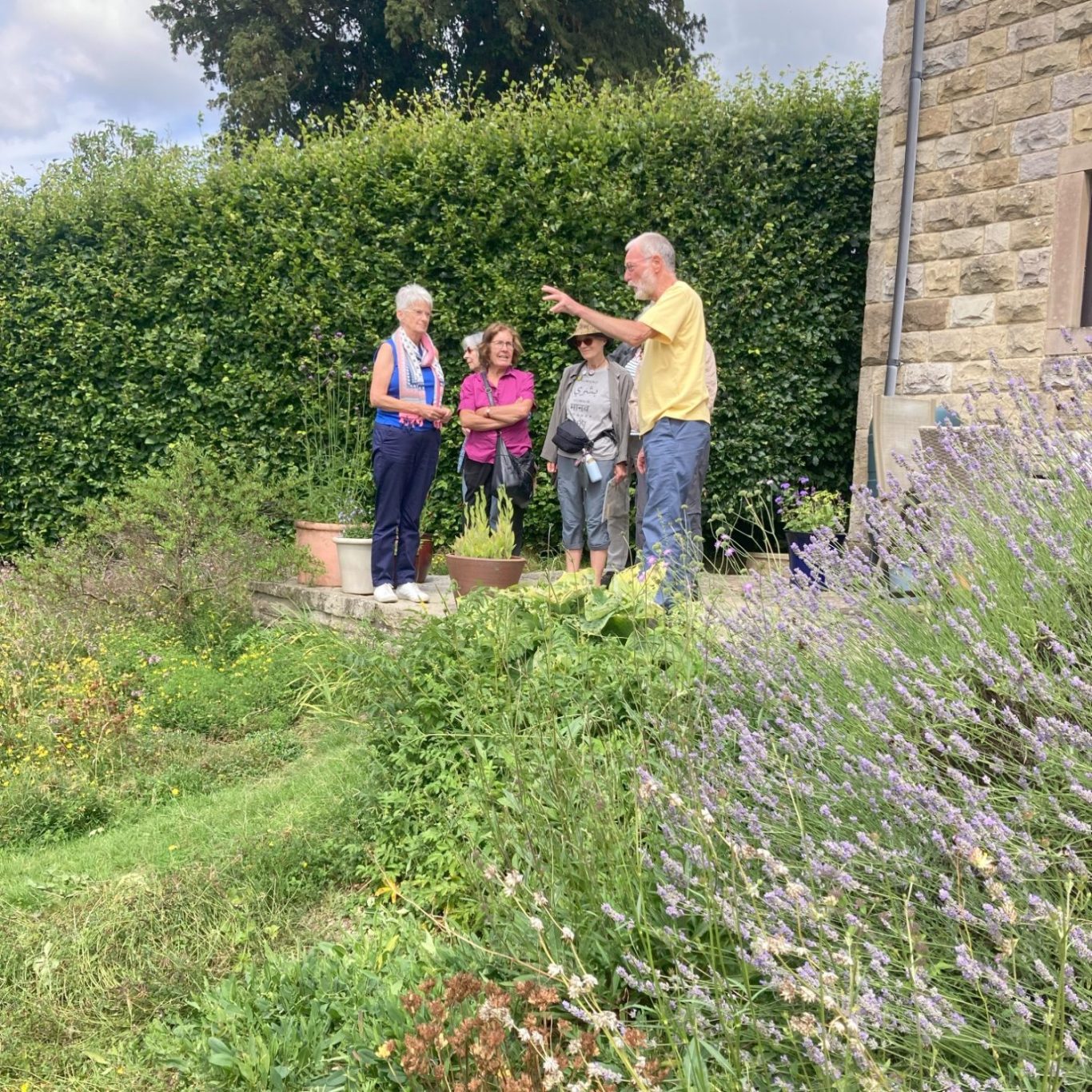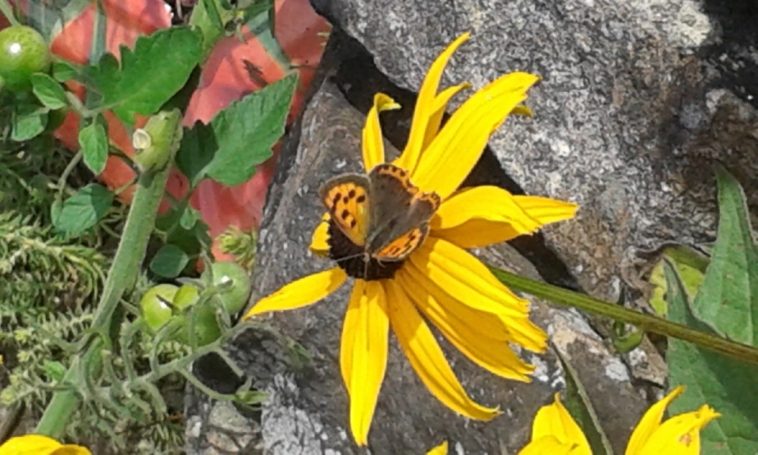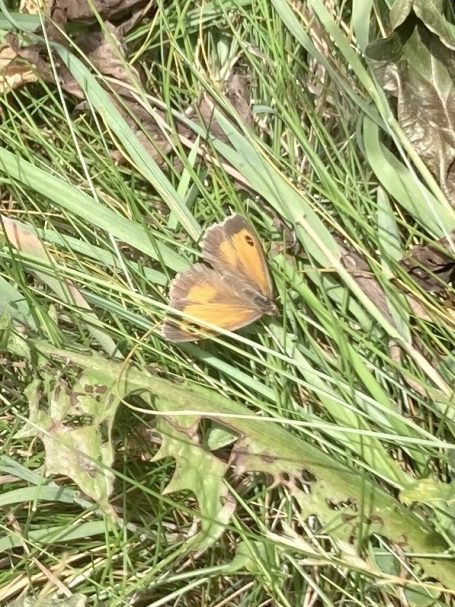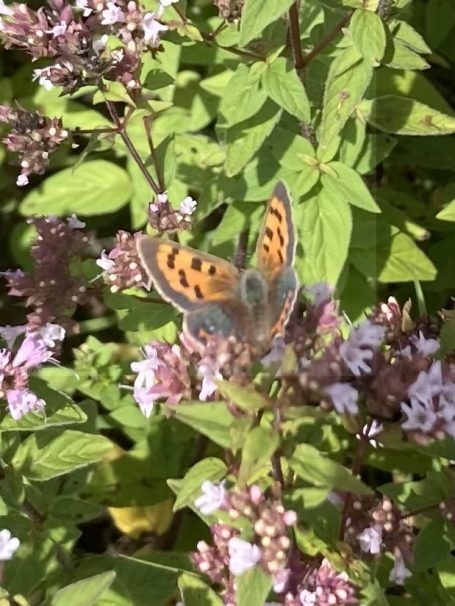Transforming Gardens into Butterfly Havens
A small but passionate group from Transition Crich recently embarked on an inspiring visit to a garden in Darley Dale, dedicated to nurturing butterflies and moths. This garden is a vital part of a wildlife corridor along the River Derwent, providing essential resources for these delicate creatures. Many butterfly and moth species rely on specific plants for sustenance, and without them, they cannot travel far. It’s crucial to plant flowers that support their lifecycle.
A Flourishing Sanctuary
Over the last three years, Chris and Sheila Ragg have been transforming their garden into a sanctuary for butterflies. Their efforts have been rewarded with an astonishing sight: on one memorable day, they hosted 84 butterflies from 23 different species, including the Common Blue, Small Copper, and Painted Lady, among others. Chris and his wife have become adept at identifying individual butterflies by their unique movements and markings.
Their garden is not only a haven for butterflies but also a learning ground for others. We are planning future trips to learn from Chris’s expertise. If you’re interested in joining us, we welcome you to connect through our WhatsApp group or email us at transitioncrich@gmail.com.


Attracting Butterflies: Chris’s Tips
Chris has shared invaluable insights on attracting butterflies and moths to your garden. Depending on the season and your soil, various species might frequent your garden:
Spring: Expect to see Large White, Small White, and Green Veined White butterflies, along with Orange Tip.
Summer to Late Summer: Look for Meadow Brown, Ringlet, and Gatekeeper butterflies. Buddleias and purple flowers attract Peacocks, Small Tortoiseshells, and Red Admirals.
Elevation-specific species: You might attract Green Hairstreaks and Dark Green Fritillaries, which prefer specific plants like dog violet, common rock rose, birdsfoot trefoil and bilberry.
Recommended Plants
Chris emphasizes the importance of planting flowers that are beneficial for butterflies:
Low-Lying Plants (up to 6 inches): Wild Marjoram, Birdsfoot Trefoil, and Cowslips are a few essential options.
Medium Height Plants (6 to 28 inches): Consider planting Common Fleabane, Oxeye Daisy, and Field Scabious.
Larger Plants: Common Knapweed and Hemp Agrimony are excellent for attracting many butterflies.
Chris advises selecting plants in colours like yellow, red, pink, or purple, as these are more attractive to butterflies.
Grasses and Trees
Wild grasses such as Cocksfoot and Common Bent provide essential habitat for butterfly caterpillars. Trees like Oak, Wych Elm, and Willow support diverse insect life, including butterflies.
If you’re ready to transform your garden into a butterfly haven, consider planting in early March or late October. Many of these plants are available online from specialized nature centers. Chris also recommends using Emorsgate Seeds for practical guidance.
A Commitment to Conservation
Remember, once you attract butterflies, you become their custodian. Maintaining the environment you’ve created is crucial for their survival. As Chris puts it, “No responsibility then!”
For those eager to make a difference, Chris is more than willing to offer further advice. Let’s join in creating welcoming spaces for these beautiful creatures and contribute to the thriving ecosystem around us.







